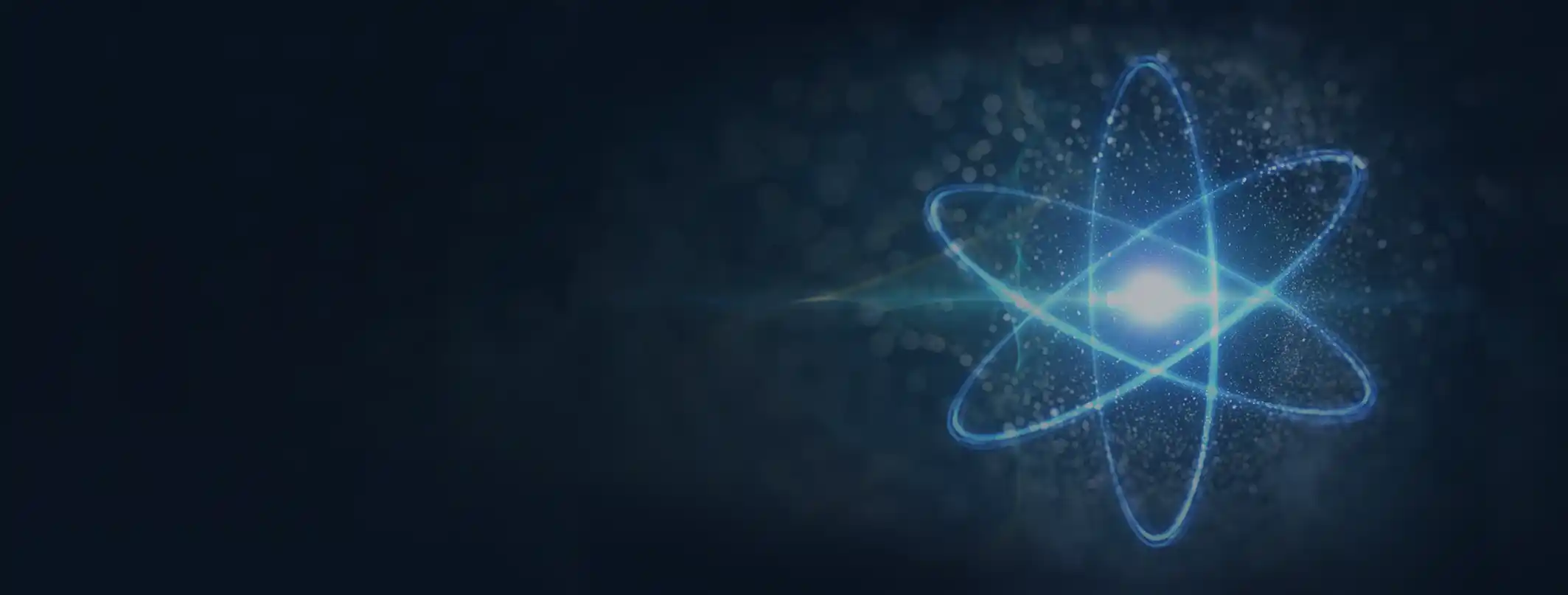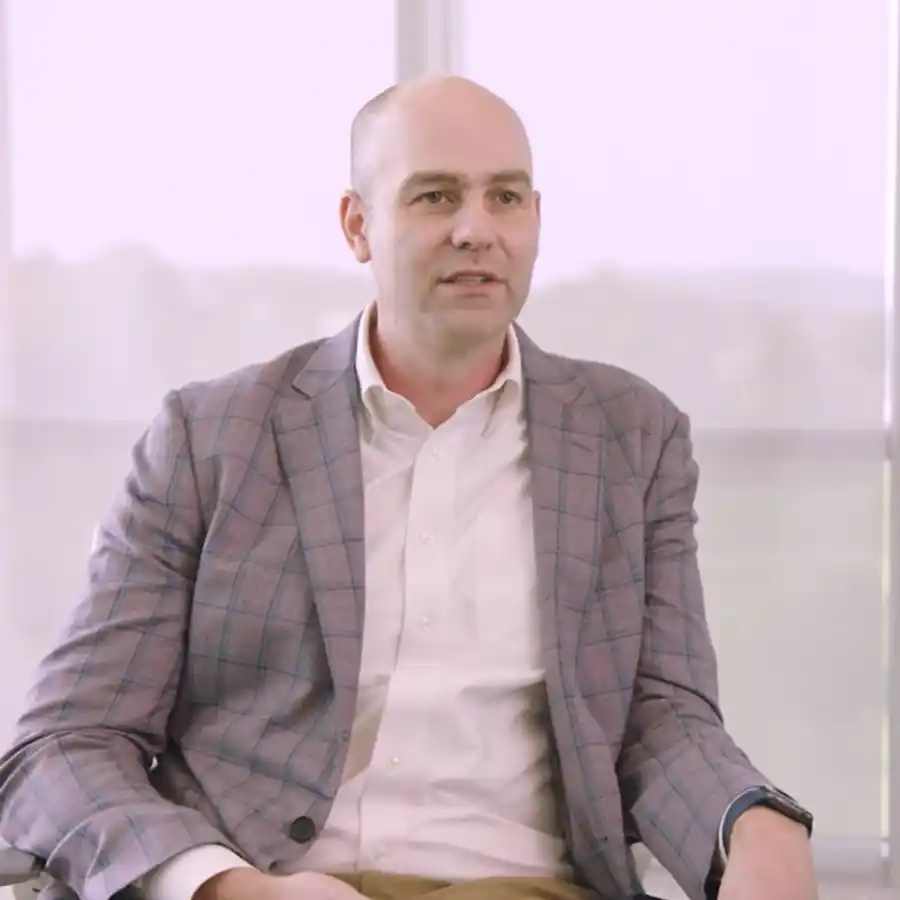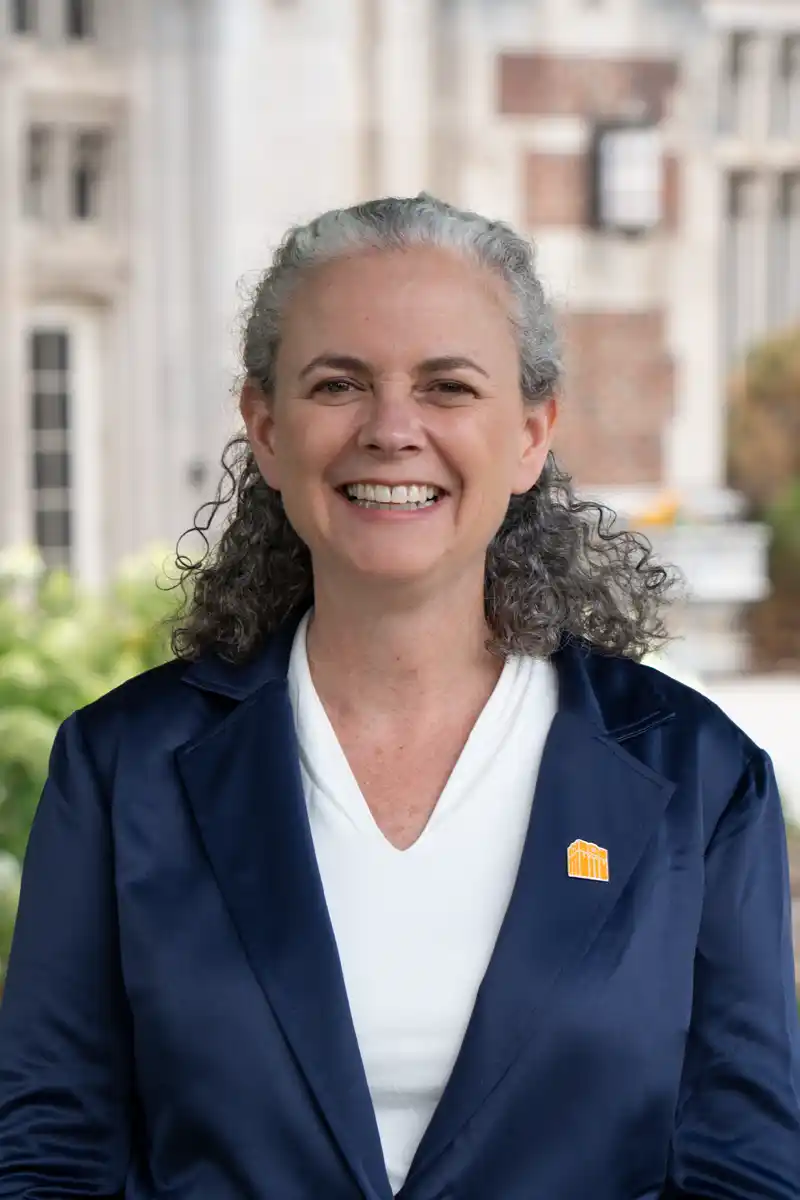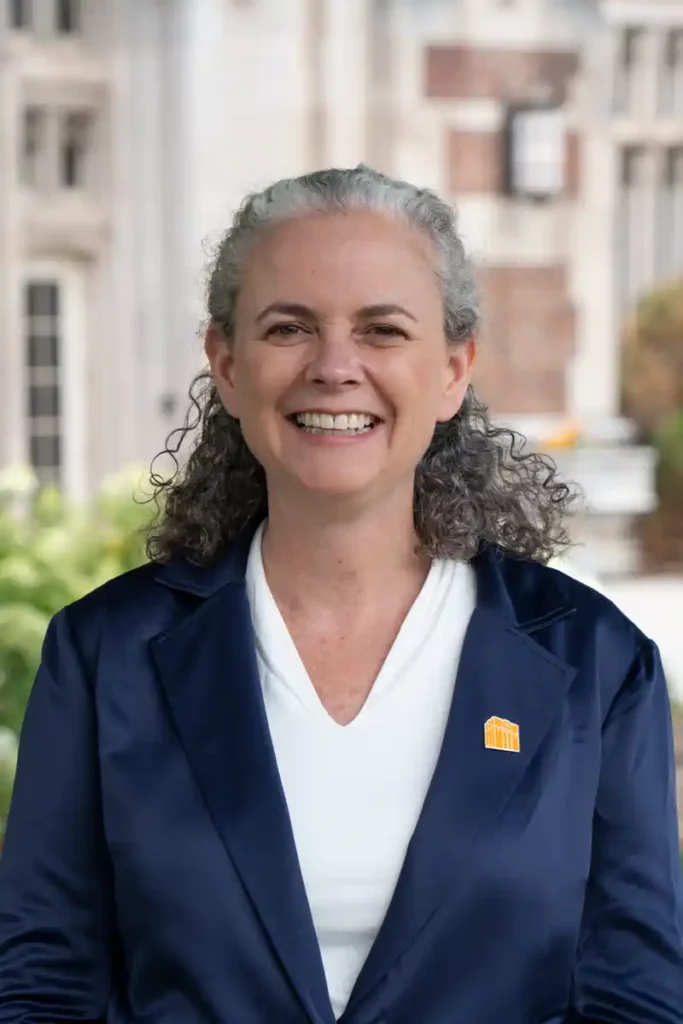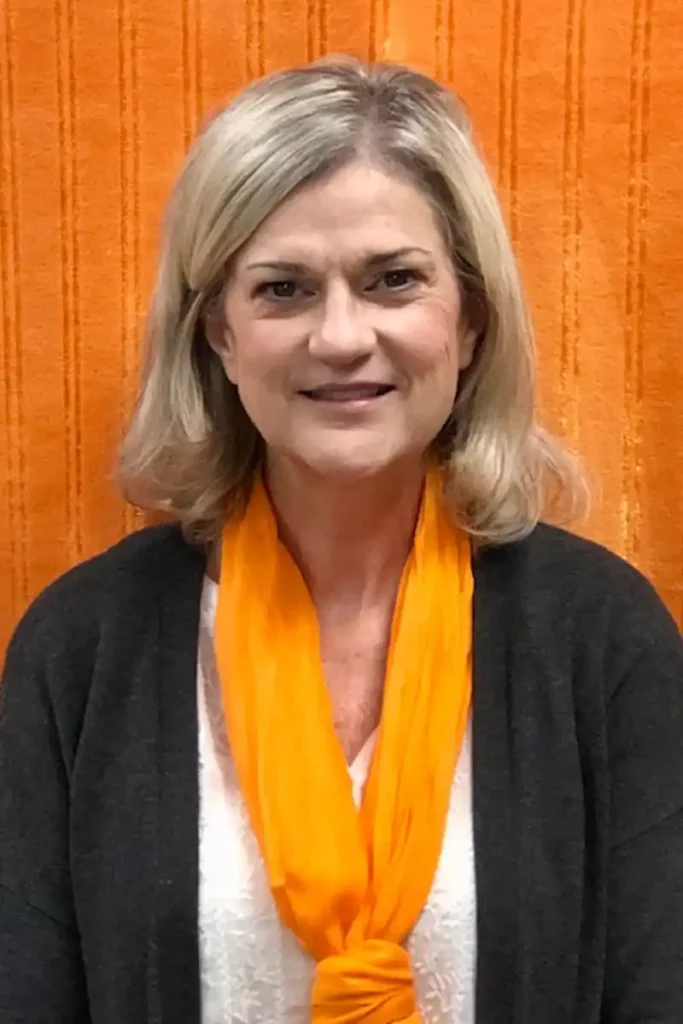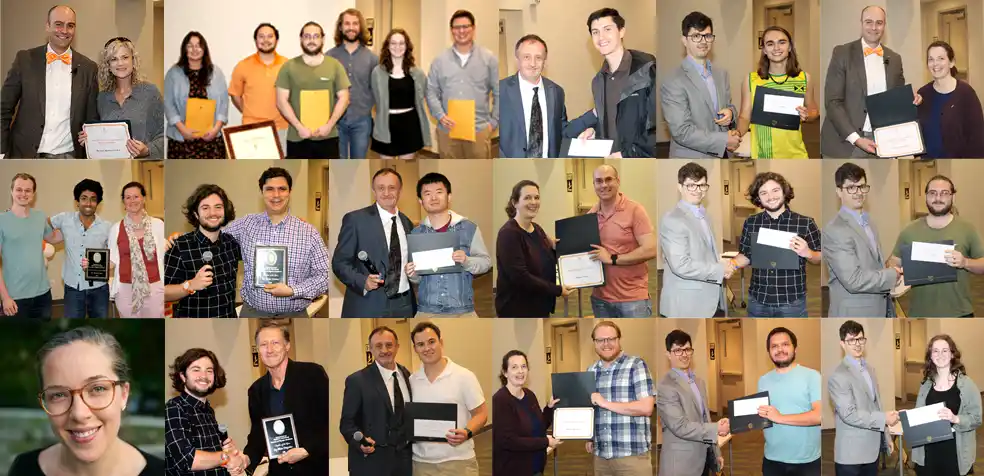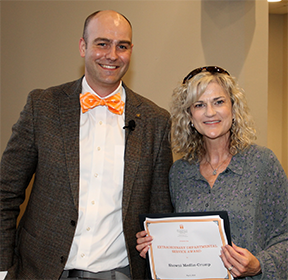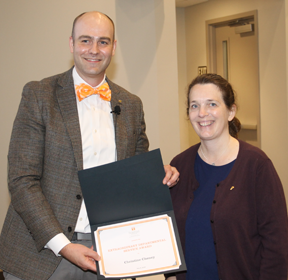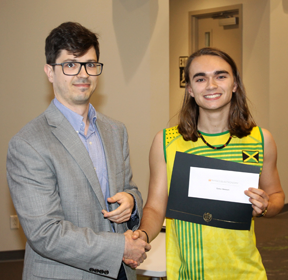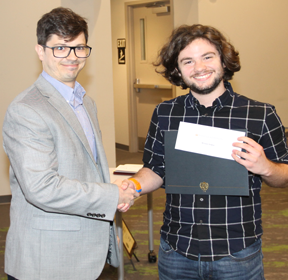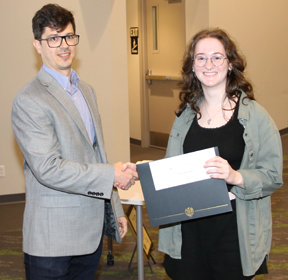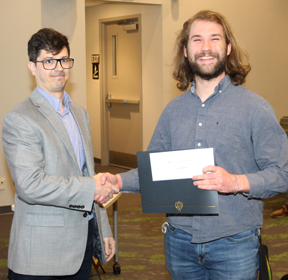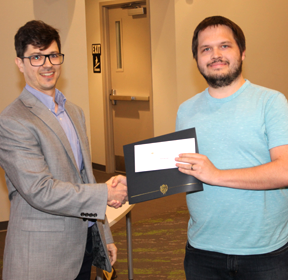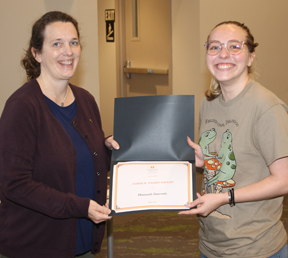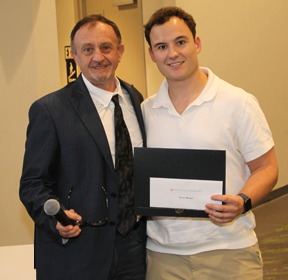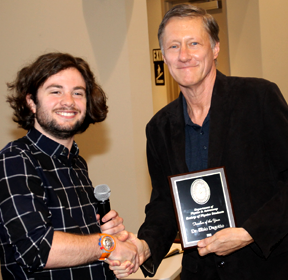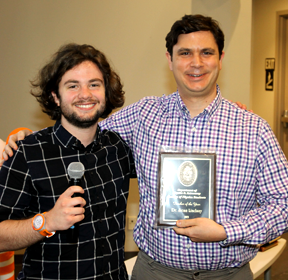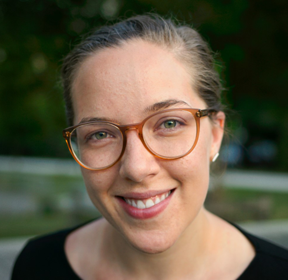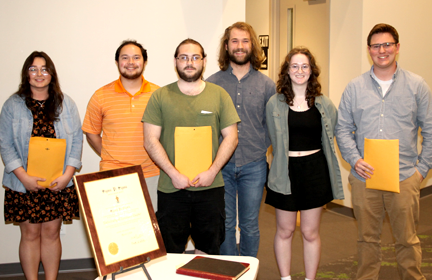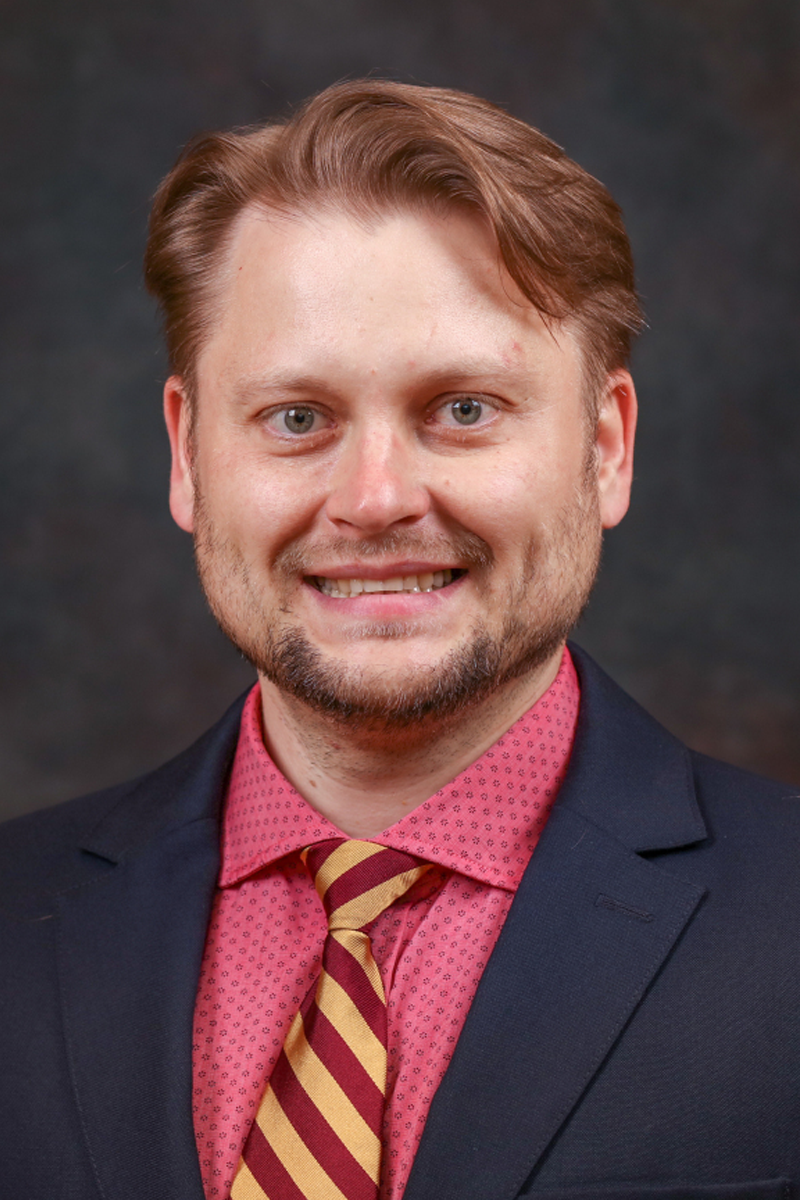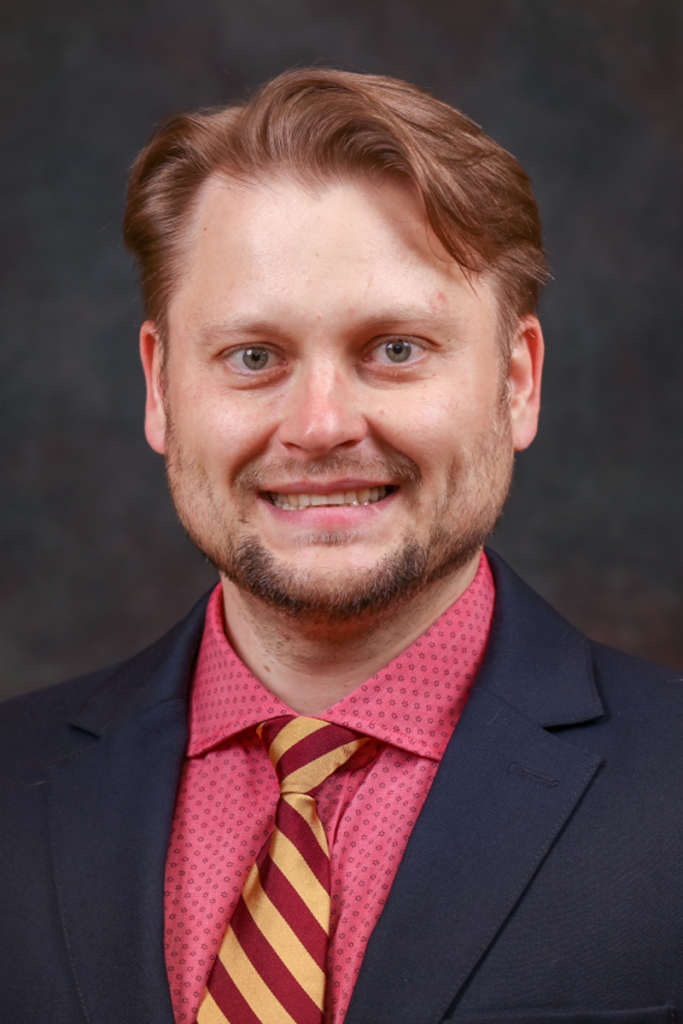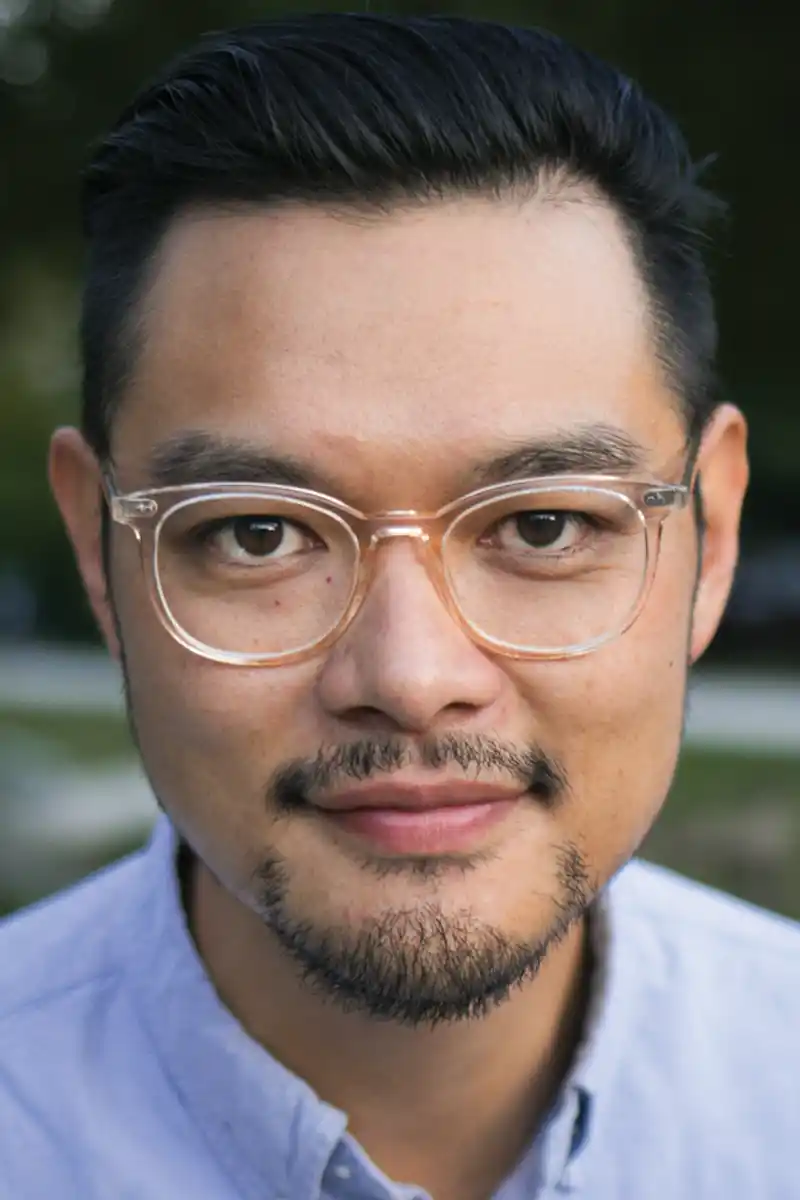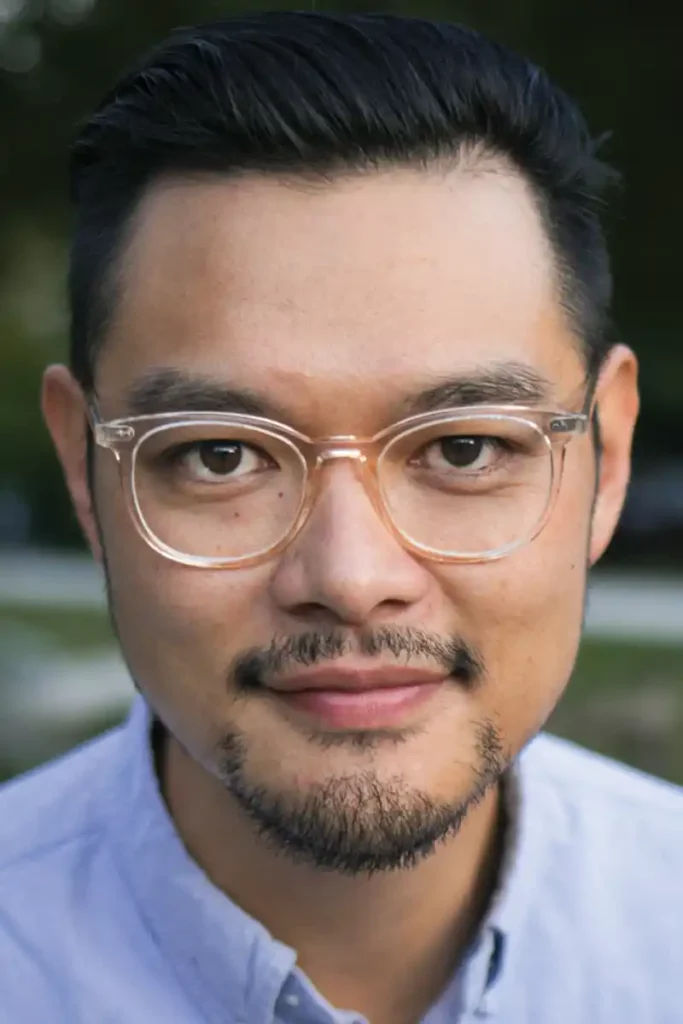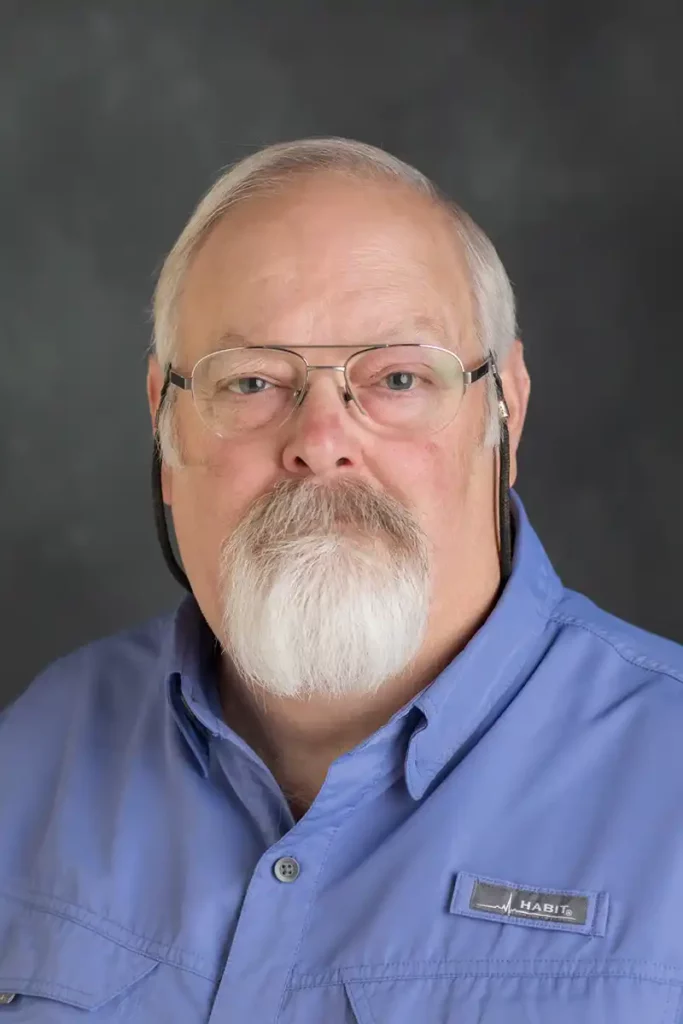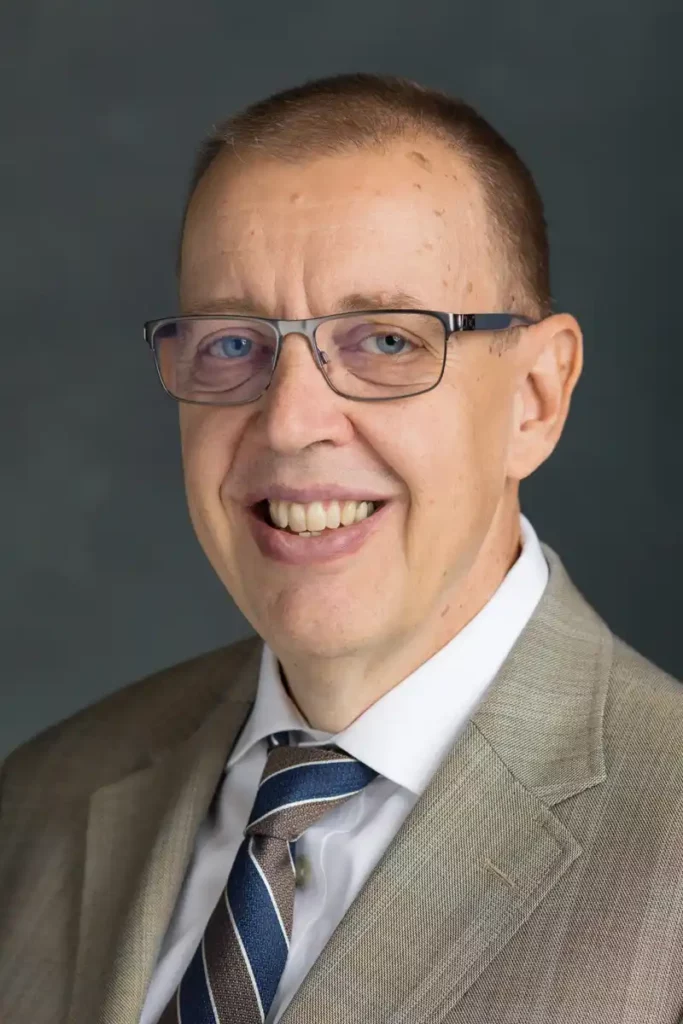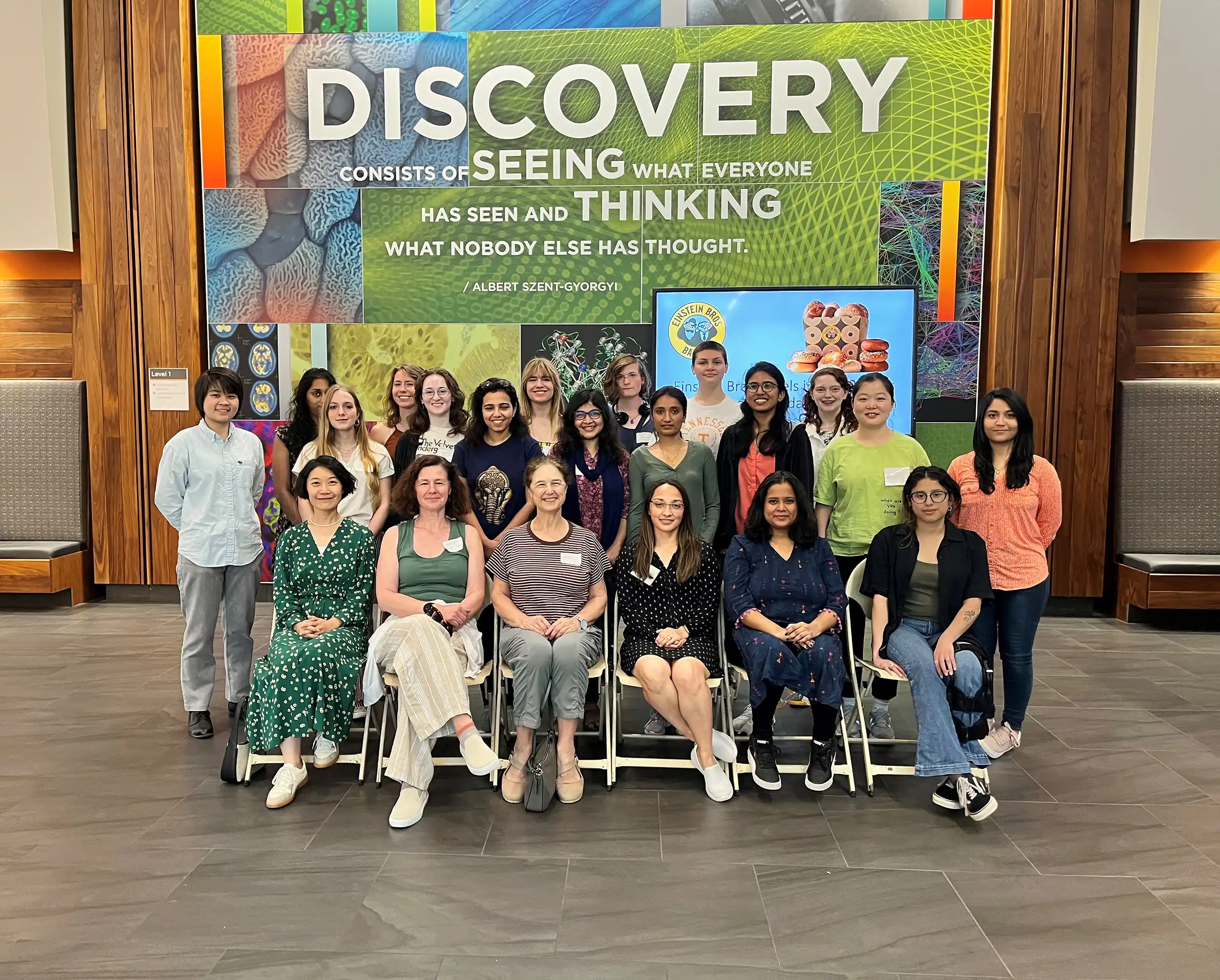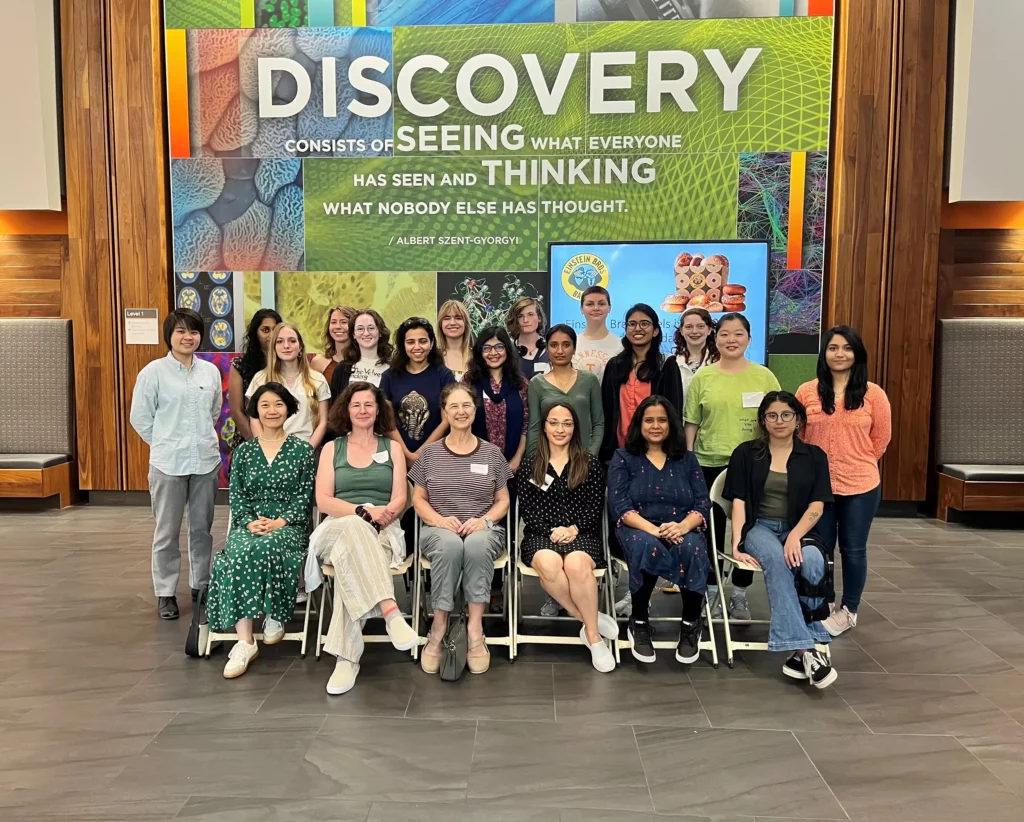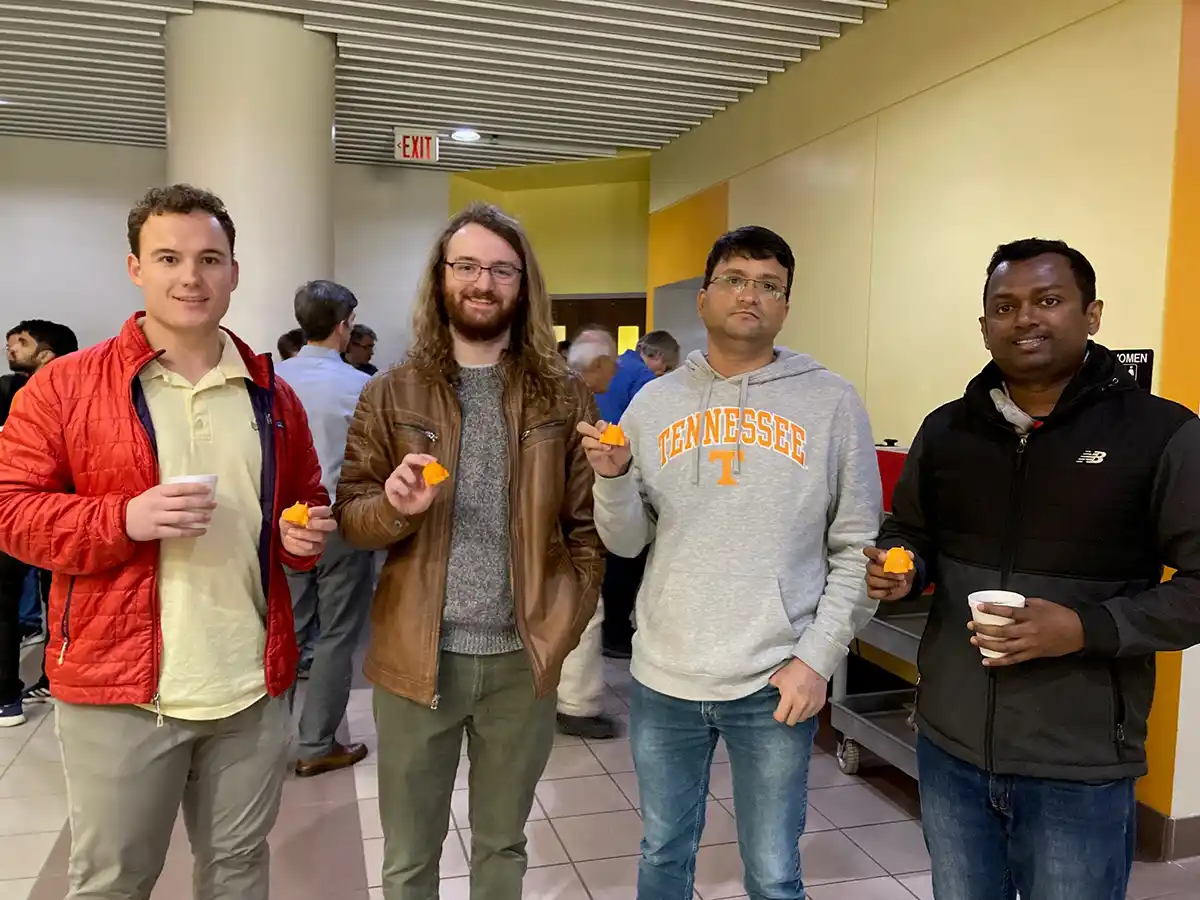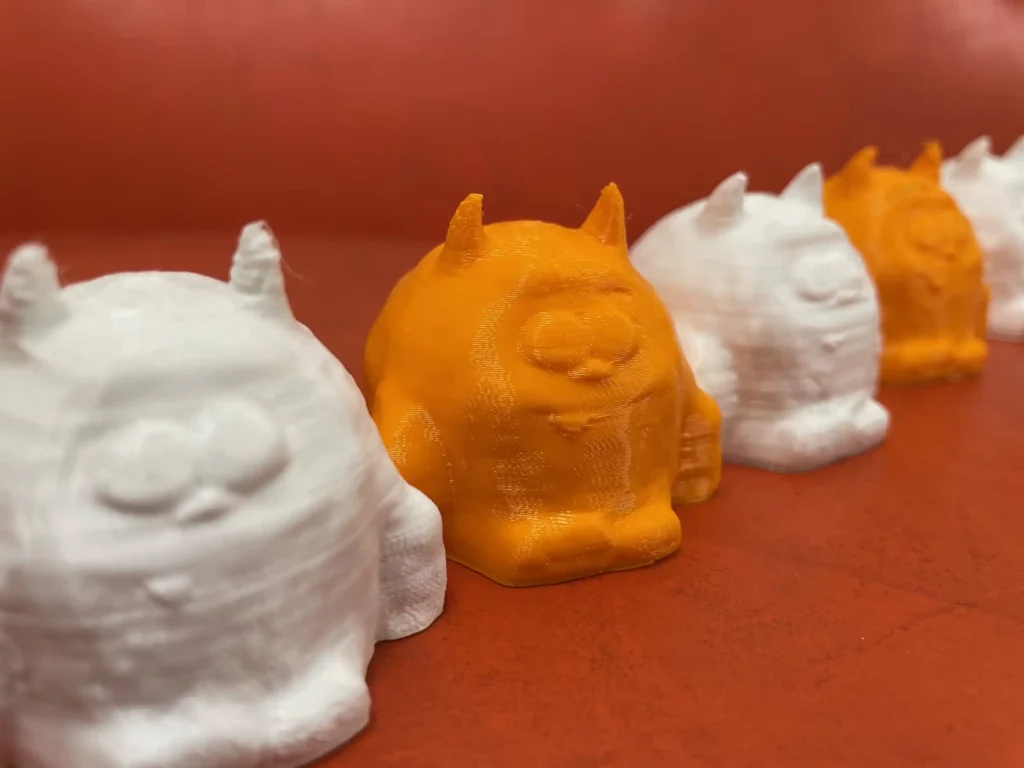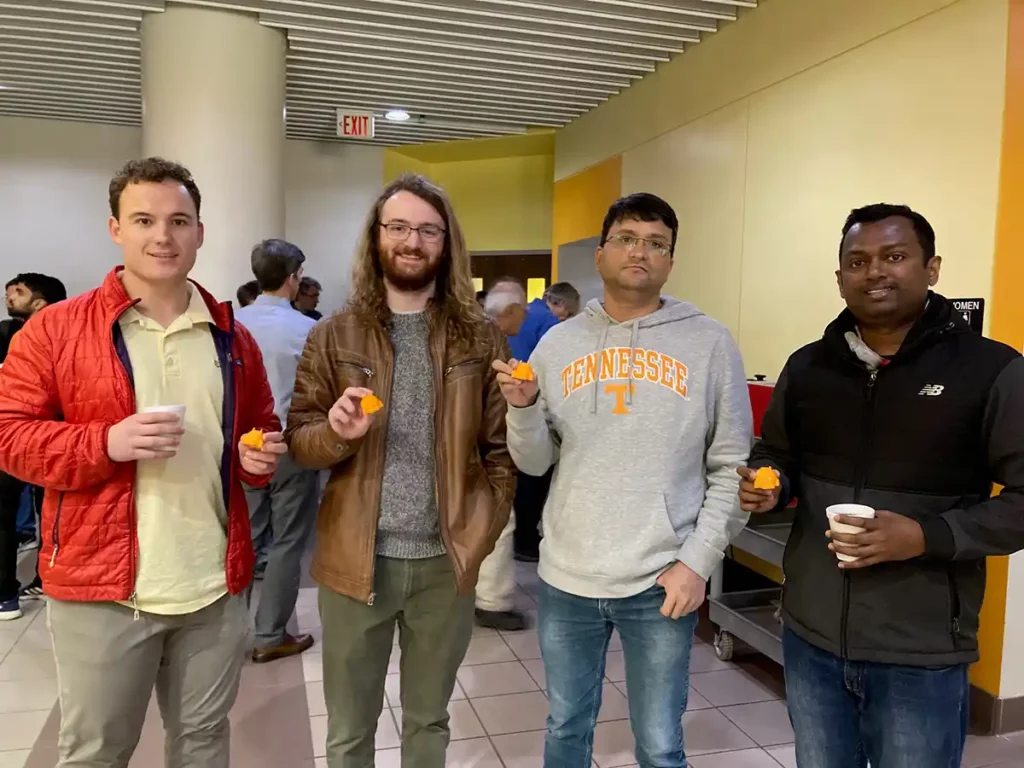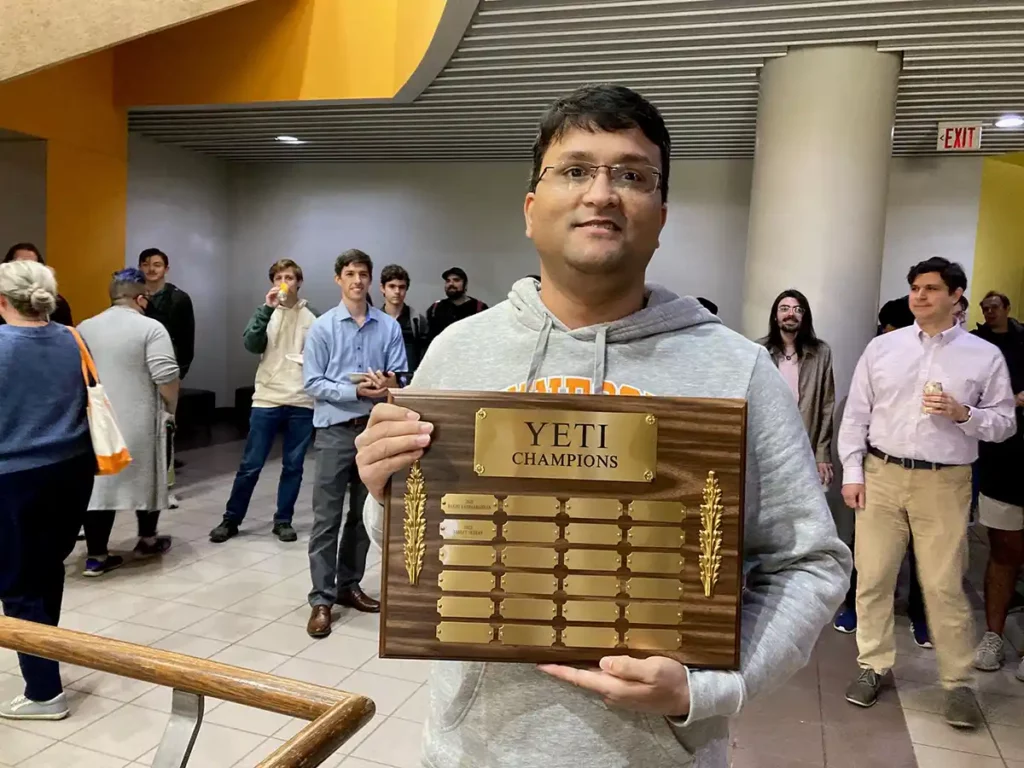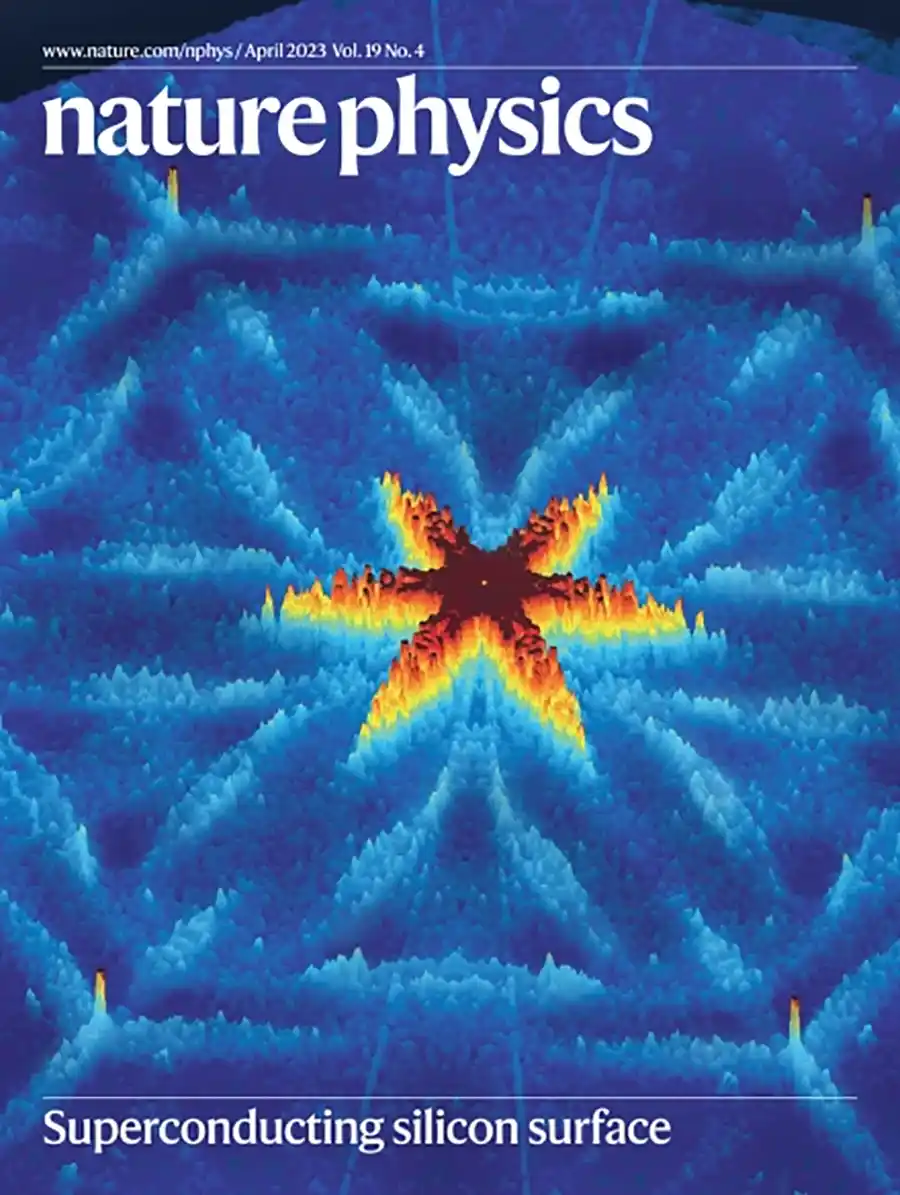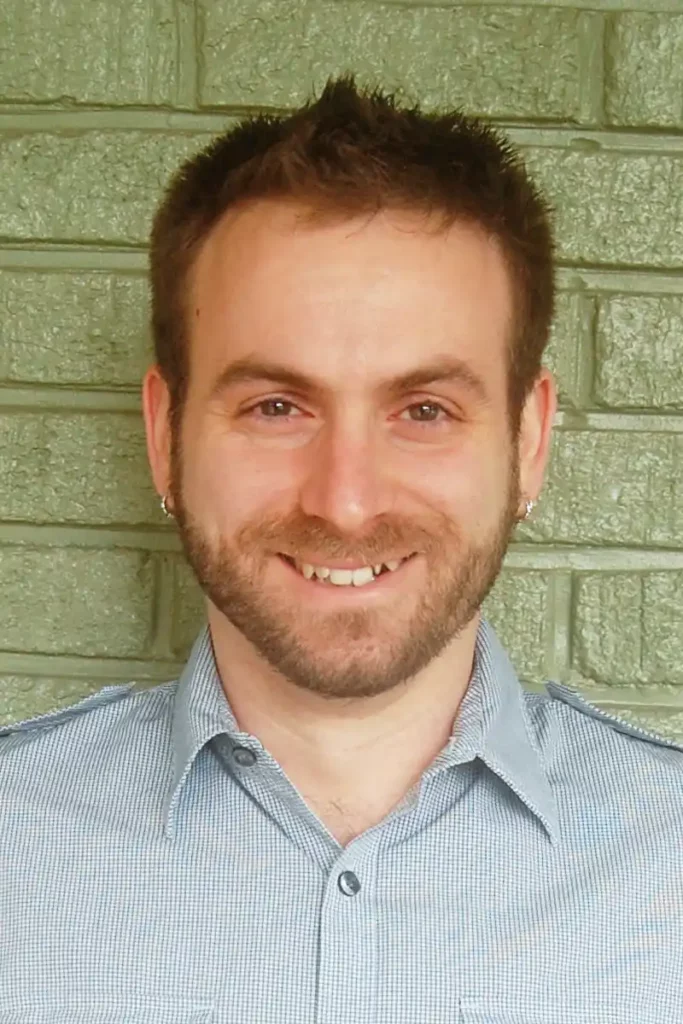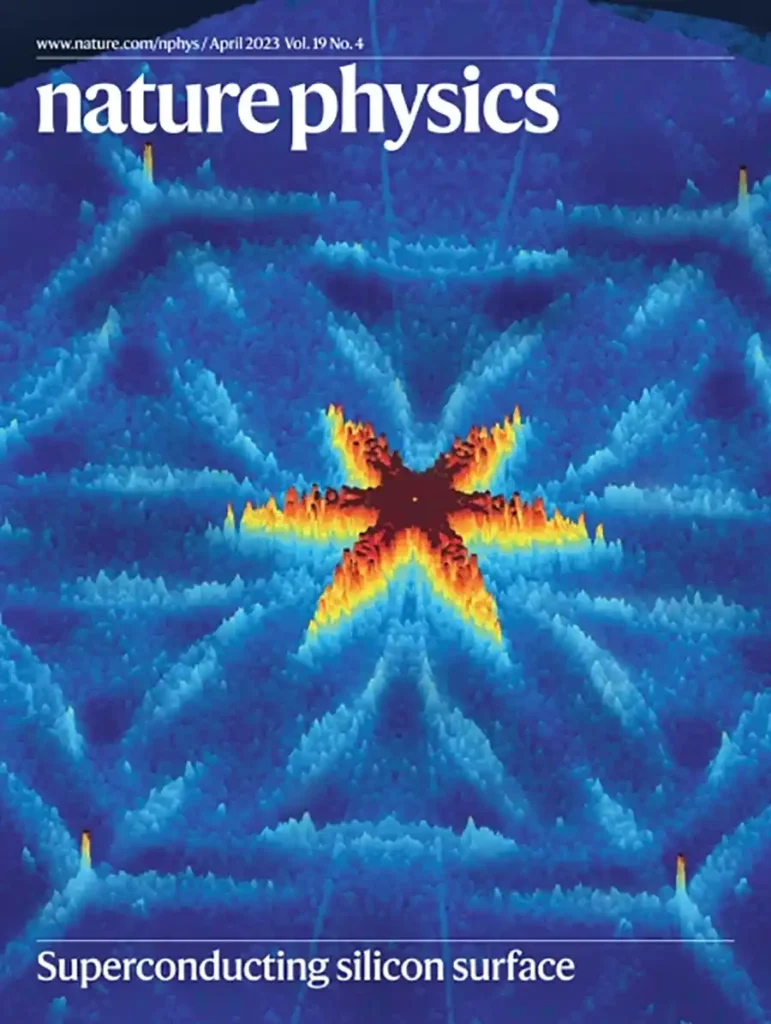UT Wins NSF Funding for the Center for Advanced Materials and Manufacturing
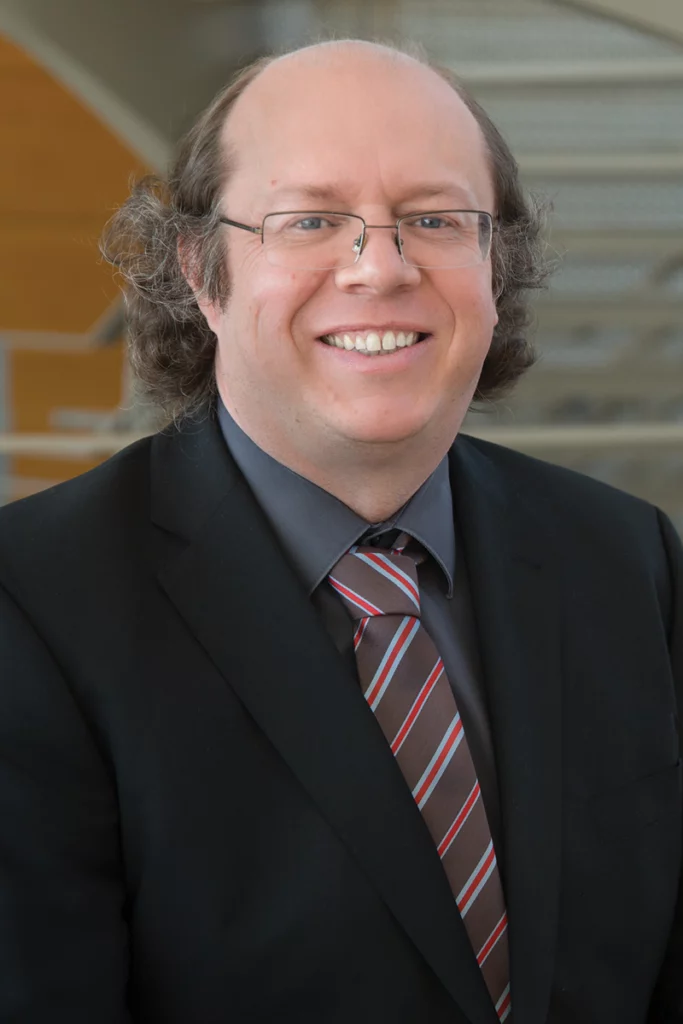

Lightning in a Bottle
Physics faculty will play key roles in a new National Science Foundation Materials Research Science and Engineering Center (NSF MRSEC) set to discover, design, and develop materials that will transform science and industry.
UT won $18 million for the Center for Advanced Materials and Manufacturing (CAMM), one of nine new MRSECS announced June 26. The NSF announcement said the investment “will drive the creation of advanced materials capable of remarkable things—from being tough enough to withstand the heat of a fusion reactor to processing information at the quantum level.”
CAMM has two major initiatives: using artificial intelligence to tame the complexity of quantum materials and building new materials that can operate in extreme conditions.
Physics Professor Alan Tennant will serve as CAMM’s director, while Professor and Department Head Adrian Del Maestro will lead the quantum materials initiative. Del Maestro explained the heart of the work is unlocking the properties of quantum mechanics—the incredibly complex interactions and entanglement between individual electrons or constituents.
“That can have implications for sustainable energy, for quantum communication, (and for) national security concerns,” he said. “There’s a real need for new types of materials, for example, that can operate in these extreme conditions. Think about things like the center of nuclear reactors. And so advances there could have a really immediate effect on people’s day-to-day life.”
In the past three years the university has built an impressive roster of expertise in quantum materials and artificial intelligence with the Quantum Materials for Future Technologies cluster. With new hires joining faculty already in place, this team includes 13 members from the physics department, many (like Tennant and Del Maestro) with joint appointments in the Tickle College of Engineering.
“CAMM is a model for interdisciplinary research and innovation,” Tennant said. “We are leveraging all the capabilities we have to advance the materials frontier while also developing our nation’s future leaders in these areas. And by working with companies like Lockheed Martin, Volkswagen and Eastman, and launching new high-tech start-ups like SkyNano that will co-locate with us here in Knoxville, we are ensuring that our innovations create economic opportunities for Tennesseans.”
As Del Maestro said, “I think we managed to kind of get this lightning in a bottle. All the pieces fit together. (This) is the right place to do this work.”
